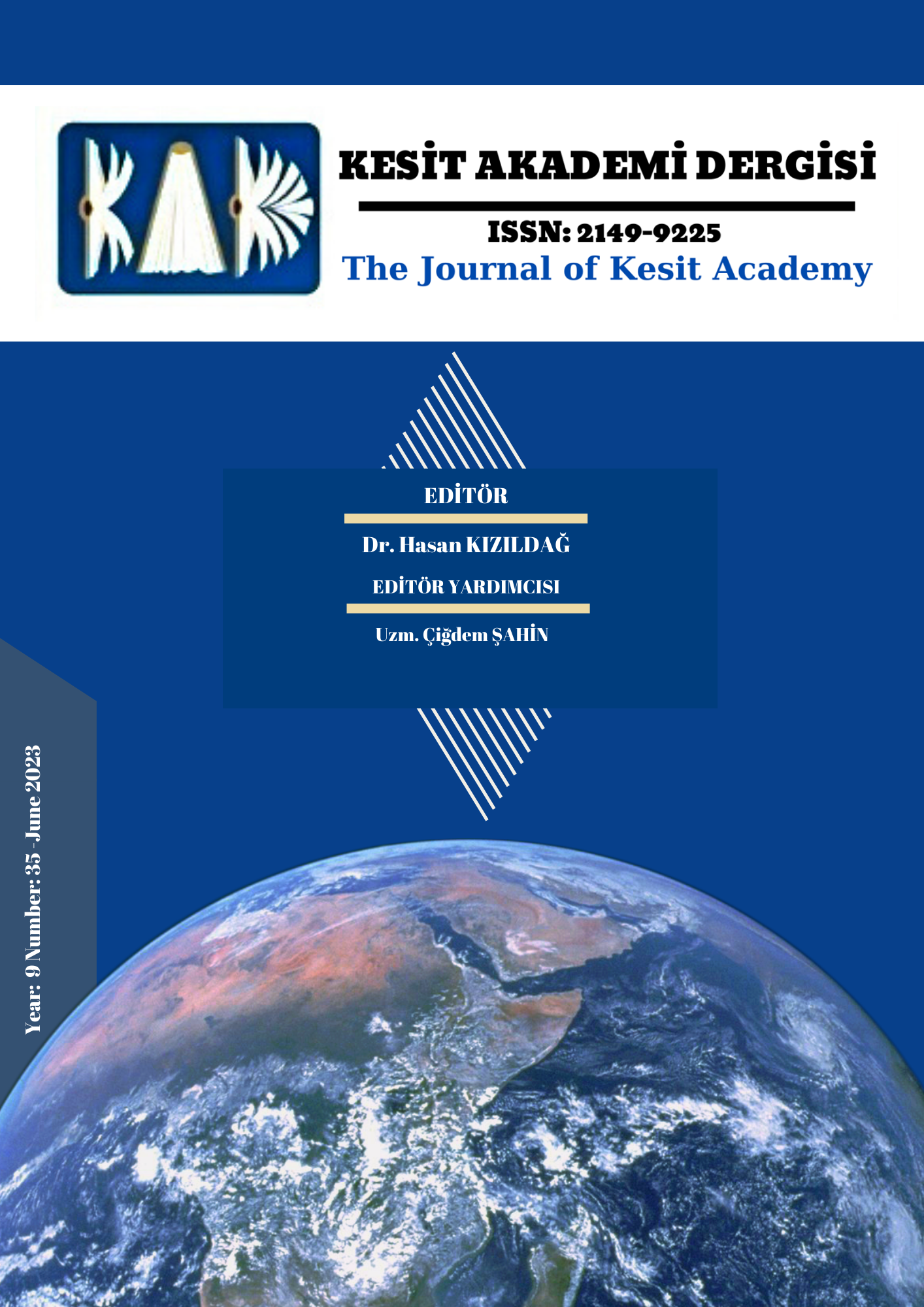Author :
Abstract
1980’li yıllarda küreselleşmenin nihai sonucu olan, değişen ve dönüşen yeni dünya düzeni, sanata ve sanat nesnesinin eleştirisine de bir davetiye çıkarmış, beraberinde ise bazı argümanların ivmesini arttırmasına zemin hazırlamıştır. Temeli 1960’lı yıllara dayanan bu argümanlardan biri olan eser-sanatçı-izleyici arasındaki sınır, 1980’li yıllara gelindiğinde sanat ve yaşam arasındaki hiyerarşik ayrımın ihlalini şiar edinen, eleştirel kimliğe sahip birçok sanatçının bakışı nesneye değil, özneye ve pek dolayısıyla özneler arası ilişkiye yöneltmesiyle iyice bulanıklaşmıştır. Nihai olarak bitmiş bir eserin aksine, her bir katılımcıyla/izleyiciyle ve süreçle yeniden şekillenen üretimlere yönelen sanatçılar, izleyicinin rolünü tartışmaya açarak toplumsal etkileşimin dinamiğini sanatın kutsal mabedine taşımışlardır. Böylece, etkileşimin başladığı yerde üretimin de başladığından söz edilebilen işbirlikçi pratiklerin kaynağı olan bu sanatçılar, sanata ve sanat kuramlarına yönelik eleştirilerini izleyici katılımını merkeze alan işbirlikçi ve katılımcı pratikler üzerinden yürütmüş; bireysel hüviyetin aksine kolektif bilincin güçlü kılındığı bir düzlemde gündelik yaşam formlarını kendilerine mal etmişlerdir. İzleyicinin konumunu tartışmaya açan, sanata alternatif bir üretim modeli sunan bu katılımcı pratikler, bir nevi sanatçının yaşamla özgür bir ilişki kurma yöntemidir.
Keywords
Abstract
The changing and transforming new world order, the final outcome of the globalization in the 1980s, has also led to the criticism of art and the art object, and has paved the way for the acceleration of certain arguments. The foundation of one of these arguments, the line between the work-the artist-the audience, dates back to the 1960s and widely blurred in the 1980s when many artists with a critical identity, who adopted the violation of the hierarchical distinction between art and life as their principle, directed their gaze not to the object, but to the subject, and therefore to the relationship between subjects. Contrary to a completed work, the artists, who incline to the works that are reshaped with each participant/audience and process, have brought the dynamics of social interaction into the sacred sanctuary of art by opening the role of the audience to discussion. Therefore, these artists, who are the source of collaborative practices where it might be said that production begins where interaction begins, have carried out their criticism of art and art theories through collaborative and participatory practices that center on audience participation; they have appropriated forms of everyday life on a level where collective consciousness is reinforced rather than individual identity. These participatory practices, which open the attitude of the audience to discussion and offer an alternative production model to art, are in a way the artist’s way of establishing an independent relationship with life.





